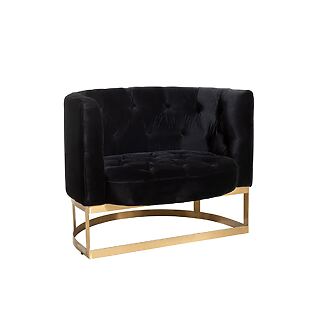The international group exhibition Fragmented Wimmerness , most recently in Düsseldorf, is devoted to the poetry of the incomplete - a topic that is deeply rooted in both our postmodern society and in contemporary art context. One of the most impressive positions comes from the Chinese-British artist Jing Zhou, whose emotionally raw and material-driven work confront the audience with direct, physical intensity.

The language of the wound
ZHOUS artistic practice moves between expressive gesture, immersive installations and material -based experimentation. In this way, it opens up the psychological area of tension of female identity, intimacy and trauma. Your works escape simple readability - they demand a profound emotional argument. Influenced by artists such as Tracey Emin and Louise Bourgeois and the psychedelic painting of the 1960s, Zhou develops a visual language that is also brutal and poetic.
A central motif in Zhou's work is the fragmentation of the self. Her recent works, presented as part of Fragmented Wholeness , reflect personal experiences and collective wounds with unflinching honesty. The boundary between the intimate and the universal is deliberately dissolved – the private becomes political, the personal archetypal.

Material as a medium of pain
Your experimental handling of materials is characteristic of ZHOUS Works: Textiles, Wax, Paper and Organic Substances are layered, torn, overpainted, sewn or burned. These processes are not purely technical decisions, but performative acts. The creative process itself becomes an integral part of the work. The resulting objects carry a high psychological density, remind of relics, scars or ritual artifacts.
For Zhou, the material becomes the carrier of emotional conditions - for vulnerable skin, the memory of memories. Your work is neither decorative nor completed; They are deliberately open, in the transition. This incompleteness - this fragile wholeness - becomes an expressive artistic principle.

Between East and West - symbolism as a bridge
ZHous practice is characterized by a synthesis of eastern philosophy and western art theory. Your visual language feeds from Taoist ideas of balance and transience as well as from the symbolism of western art. This hybrid way of thinking gives your work an extraordinary depth. The connection of personal mythology with collective signs creates a multi -layered echo fragmented identity in a globalized present.
Their symbolic abstraction acts as a bridge between inner experience and cultural memory. What initially appears encrypted turns out to be part of a larger story - deeply rooted in your own biography, but open to collective interpretation.

Radical intimacy
In the context of fragmented Wimmeress, Zhou stands out as an artistic voice that transfers pain, memory and self -questioning into a universal dialogue. Your works confront the audience with the uncomfortable of real closeness. Her art does not give consolation - she is a wound, but one that forces healing.
Fragmented Wimmerness is able to make the broken lines of our time visible. And Jing Zhou shows with impressive clarity: the fragmentation is not only the lack, but also the possibility of a new form of wholeness.

Owner and Managing Director of Kunstplaza. Publicist, editor, and passionate blogger in the field of art, design, and creativity since 2011. Successful completion of a degree in web design as part of a university program (2008). Further development of creativity techniques through courses in free drawing, expressive painting, and theater/acting. Profound knowledge of the art market through many years of journalistic research and numerous collaborations with actors/institutions from art and culture.

















